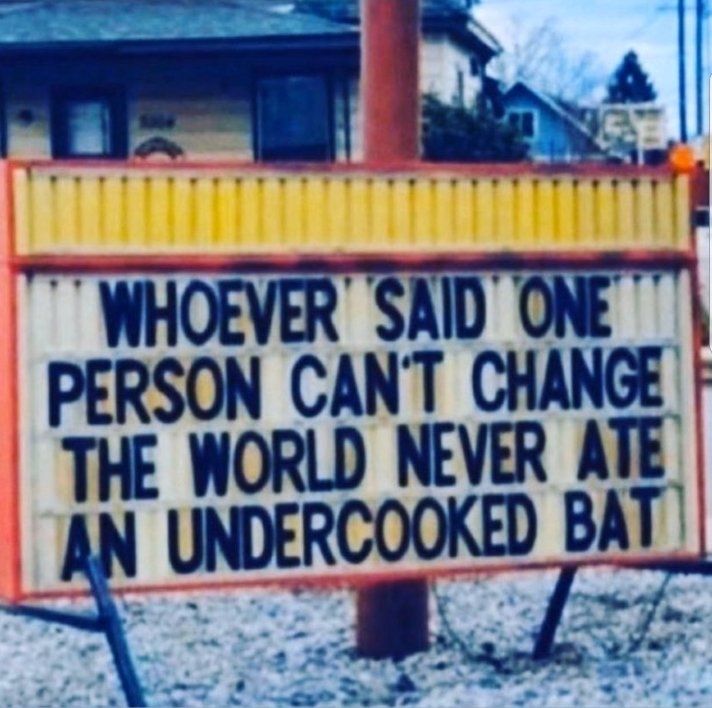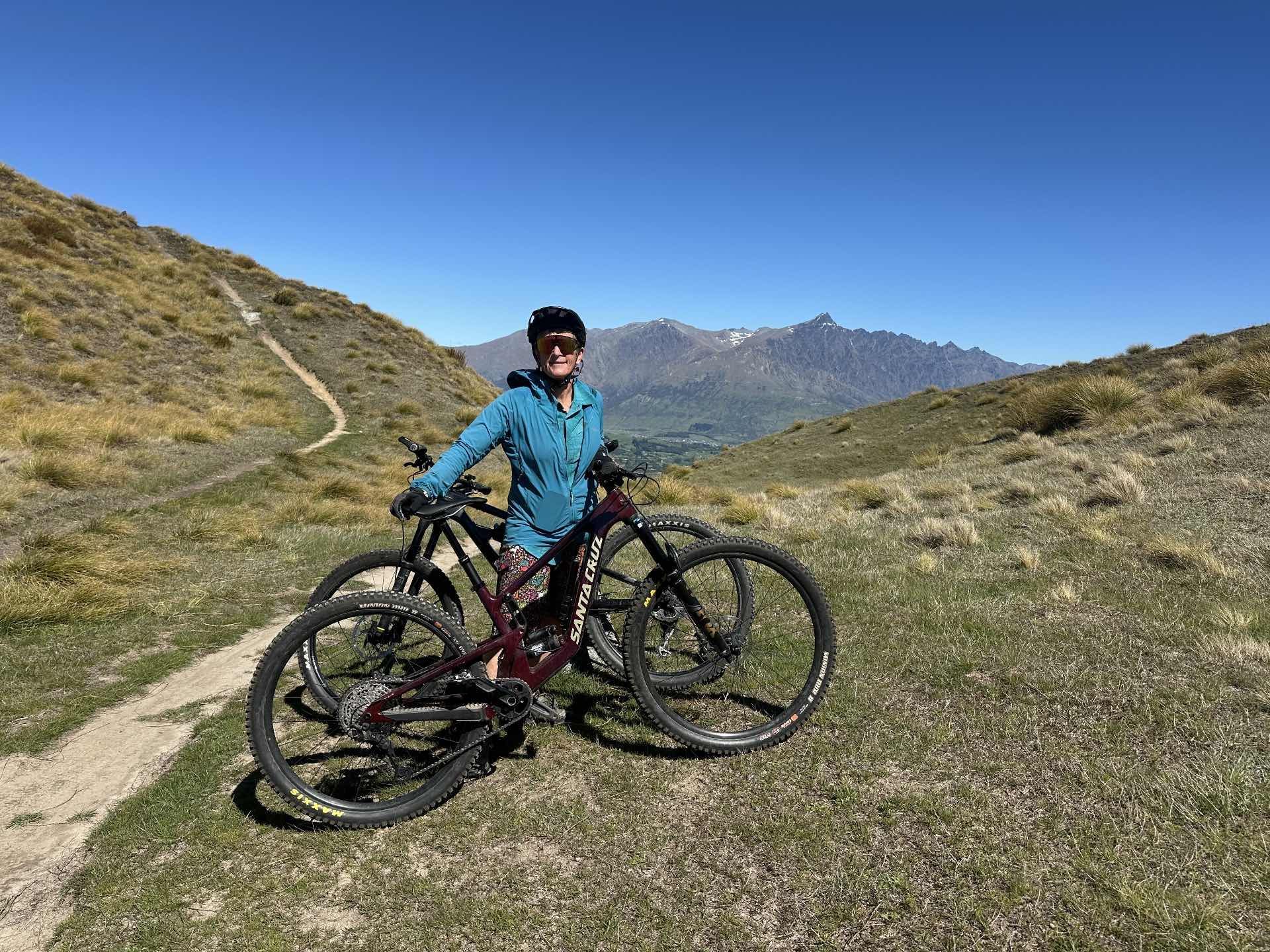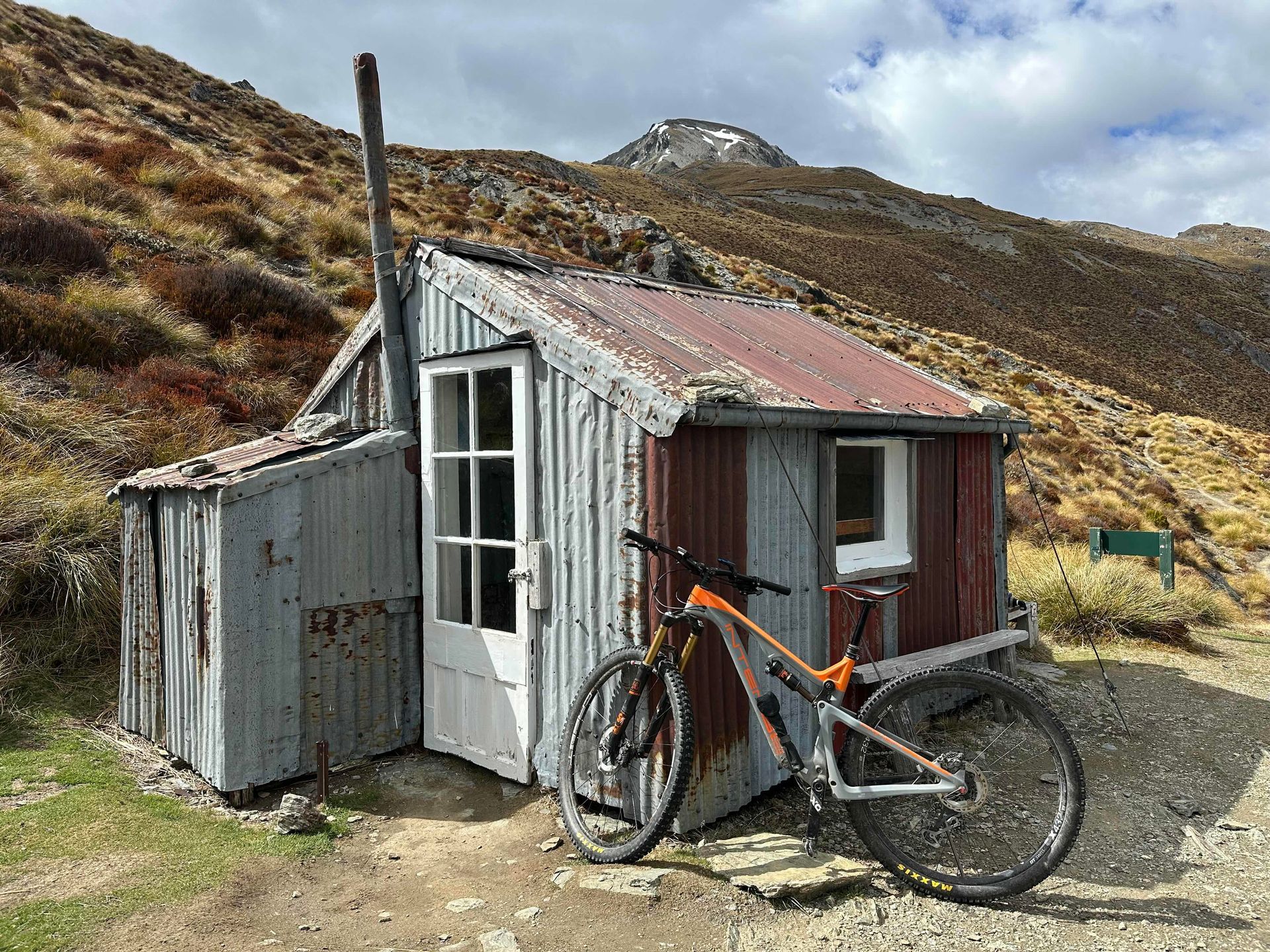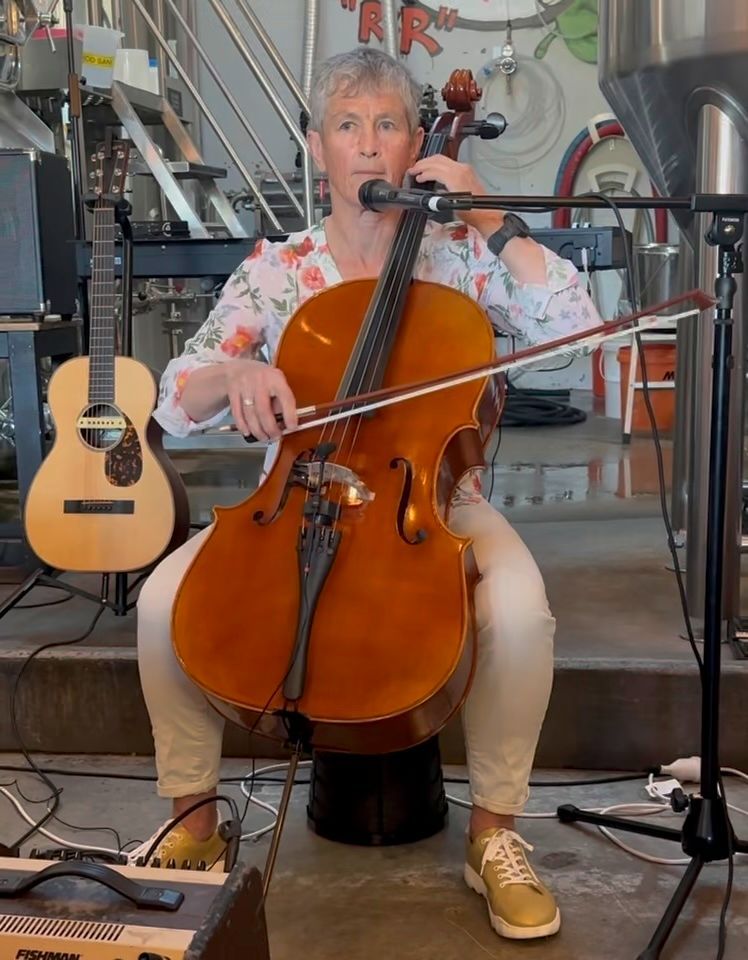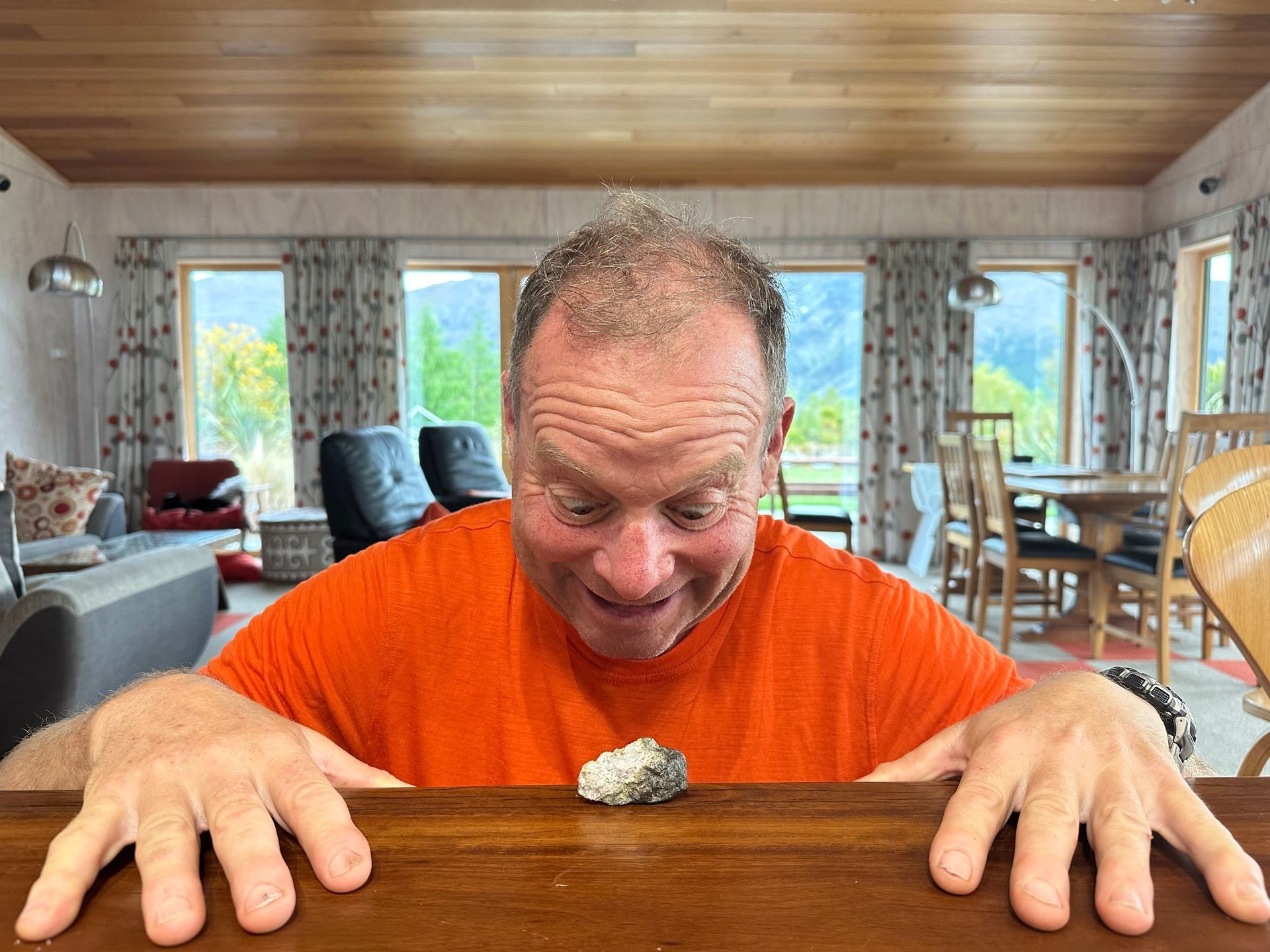Open cages
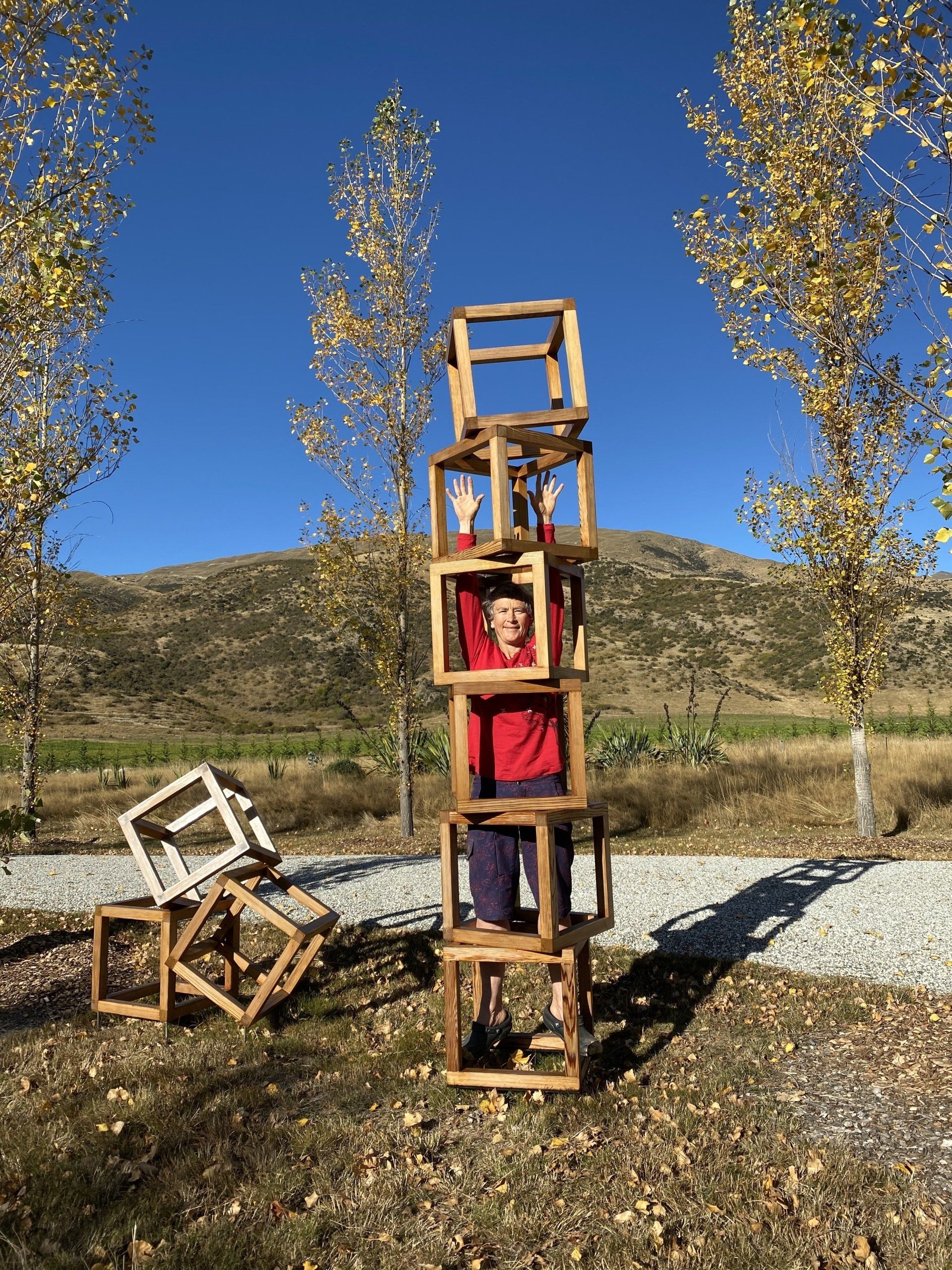
We are all living in our own open cages. I can’t pretend to any particular hardships in my own cage, however it restricts my movements. At Day 17 of a minimum 28 in one’s bubble, the novelty has definitely worn off and ennui is setting in. I feel like my old life is receding into the distance but none of us can be sure what the replacement life is going to be like. This week I have noticed fewer people exercising on the trails in our area and friends mention experiencing lower energy in both personal and professional interactions. I don’t know anyone who has been in prison but I am sure that they might have some insights into our collective experiences at present.
What is particularly strange about our situations, unlike for most prisoners, is that the boundaries of our incarceration are not visible. The boundaries are defined in written and verbal form by government and society. On this front, I have to say I prefer the international articles that laud New Zealand’s efforts in ‘squashing the curve’ through our adhering to boundaries, as opposed to the one’s mentioning our ‘ exercise shaming ‘, however much I recognise that societal pressure is essential to holding people in open cages (not to mention designing and embellishing those cages). We have to know our boundaries, have mechanisms that keep us within them, see what we have achieved as a result of our great efforts, and therefore be inspired to maintain our incarceration for its allotted time (our Prime Minister is a master at delivering this message). It certainly helps that the world now wants to copy us, even if it gives me a mental heebeejeebie from my scientist perspective; what if our experiment is going awry in a way that we don’t yet know, while everyone else is wanting to emulate it?
I don’t know if you, like me, have niggling doubts every so often about the scale of measures to deal with COVID-19 that manifest in thoughts like ‘Is this an overreaction to a storm in a teacup?” I like to bring niggling doubts into the fresh air, as I mentioned in an earlier post. There are articles pointing out that the mortality rates from COVID-19 are unknown, and current estimates may be overblown. Mortality rate = number of people dead of a disease divided by the number infected. There may be considerable numbers of asymptomatic infected people (this has been reported to range from 10-30% of populations where infection has occurred and large scale testing has been done), which would mean that the mortality rate could be being way overestimated. It is notable that current calculated mortality rates are very different in Italy (around 11%) and Germany (around 1%) ; these differences could relate to undercounting of asymptomatic people in Italy or lack of testing of symptomatic people, or because of differences in vulnerability of the Italian vs German populace. Resolving the reasons for the differences is going to take time and much more in depth investigation of the data than is going to happen currently in our action research experiments. In future we may be able to bring Artificial Intelligence (AI) tools to bear on the data more quickly, but our ability to analyse multiple parameters in real time is still relatively limited.
I knock back my niggling doubts, with the knowledge that hospitals being overwhelmed and not being able to care for people is no ‘storm in a teacup’ but a societal catastrophe.

The graphic below for the US vividly illustrates the problem – click on the image to see website and see the accelerating rise of COVID-19 deaths in relation to projected (not actual) US death rates of other illnesses over March and April. The second graphic below shows the likely impact of COVID-19 vs other epidemics and seasonal flu in the USA relative to population. It makes COVID-19 look bad, though it is not in the league of the 1918 Spanish flu.
However, we still don’t know how many of the people dying of COVID-19 might have died of other illnesses, in the reasonably near future; they could just all be dying in an unpleasant hurry but not very early. 99% of deaths are in people with one or more existing medical complications. Unfortunately, no-one is providing data publicly that I can find to show whether deaths of other diseases might be dropping while COVID-19 rises. I guess that analysis will come later. For the time being, the cup containing the storm appears to be definitively at planetary scale.
